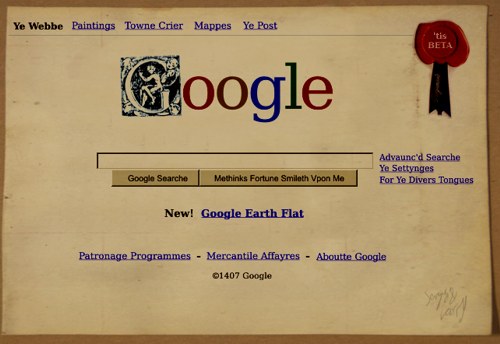The need for change
Much of the response was from many of the ad networks themselves, saying that while many advertisers do implement these pixels, many still do not-- anywhere from 40-60 percent of campaigns still run without this enhanced tracking!
And much of the response, I imagine, was out of frustration, since many of those campaigns falling into that 40-60 percent could perform so much better with this additional tracking in place. And the education needs to happen at various places. First, I wonder if the ad networks all inform and encourage the usage of these pixels. I have to imagine that they would be the first to recommend such tracking improvements.
But more importantly, are the agencies educating their clients on the benefits? In my past client positions, I know my agency did a great job in educating us, but from what I understand, that does not always happen. Whether it is too much hassle or the rush to get a campaign up, it seems many agencies are not letting their clients know about this option. They need to push for it to happen. A client's technology resources can definitely be an issue, but this is such an important step to take.
And clients don't get off the hook here either. Marketers need to make sure this gets implemented before launching an ad network campaign. Why start a campaign without all the proper tools in place?
What's up next?
There are actually many advances coming (or just arrived in beta) in this space. And hopefully these advances will help ease the process in the long run of getting more enhanced tracking live more quickly and efficiently.
The folks at Doubleclick are now in beta with their new Floodlight tracking product. This tag would replace the current Spotlight tag. Instead of the normal Spotlight tag that is placed on the confirmation page of the marketer's site, this new Floodlight tag could serve not only as a tracking tag for all online campaigns, but it will also allow insertion of ad network tags on the DFA side of the equation vs. having to add yet another tag to the marketer's website.
The other huge benefit of the Floodlight tag is that it removes duplication of conversions across sites and ad networks. For instance, if a user clicks an ad with Ad Network #1 today and then the next day clicks an ad for Network #2 and converts from the ad with Ad Network #2, both Ad Networks will get credit for that conversion and the advertiser is possibly paying twice for that one conversion (if it's a CPA buy). The Floodlight tag removes that issue, tracking that conversion, and at the same time calling only the Ad Network pixel where the conversion actually happened.
Now it will take additional resources at the beginning to implement this Floodlight tag. But once implemented, there will be a lot less tech time when adding a new ad network to the plan, and the improvement in conversion counting (removing duplications) will add to the efficiency of your plan.
This all said, Atlas has had a similar product in the marketplace for some time now. And I am sure the other ad servers are in the same development path, or possibly already there. Doubleclick was the one that has hit the radar most recently, and with the volume of ad serving they do, hopefully that will help push these sorts of initiative along even more expeditiously. Buying the right media is a big part of the battle, but being able to track and optimize it efficiently can often make an even bigger impact in the long run.
Pam Stein is CEO of Charlotte's Web Marketing. Read full bio.












